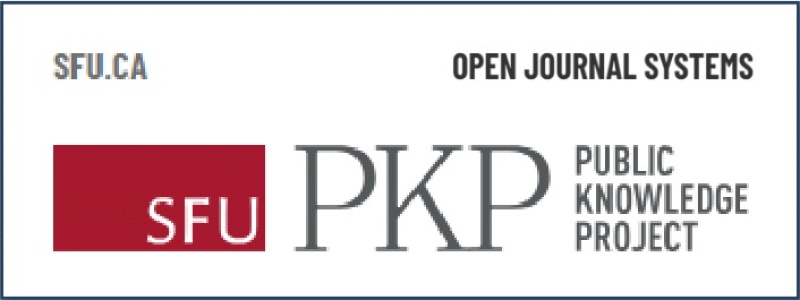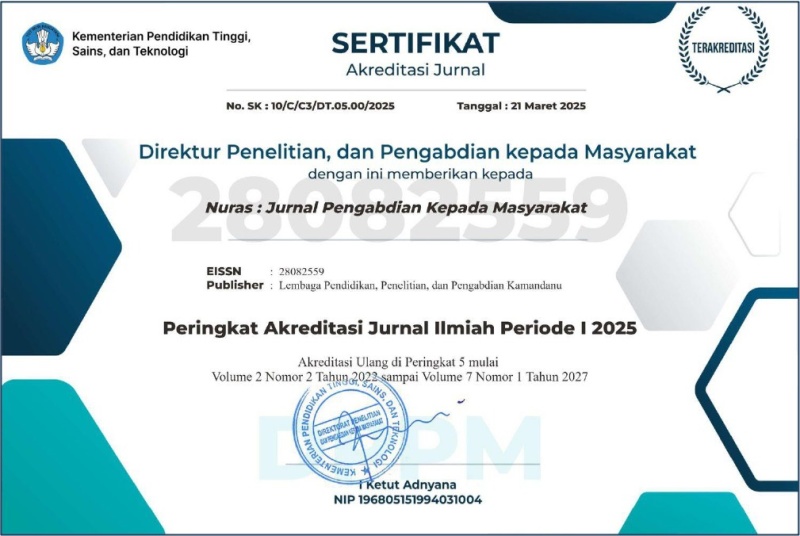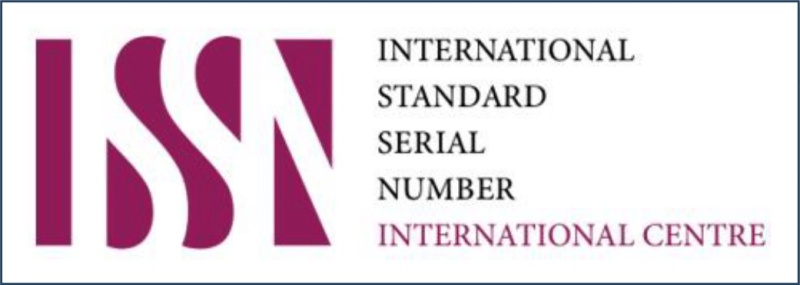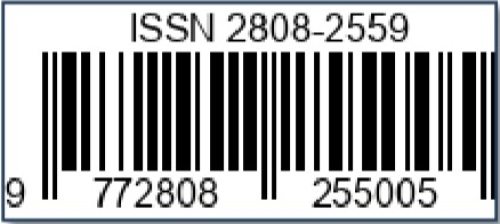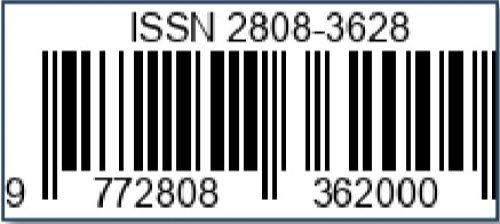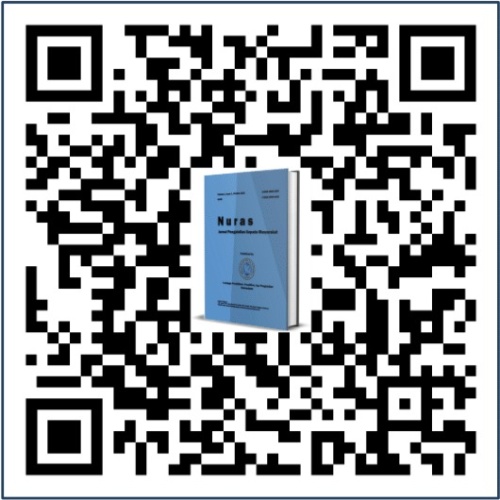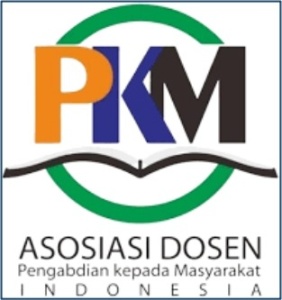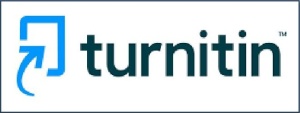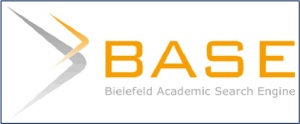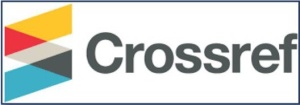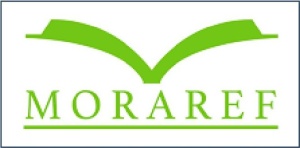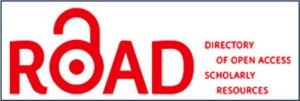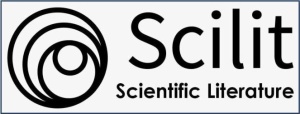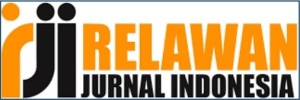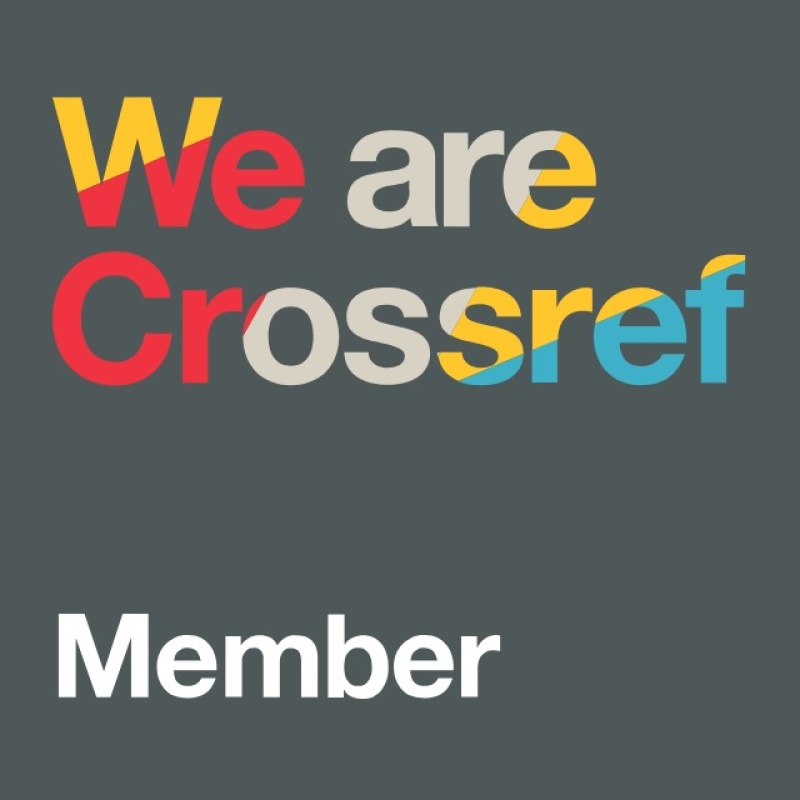Menanamkan Literasi Lingkungan pada Peserta Didik Sekolah Dasar Melalui Spesific Program : Eco-Mapping
DOI:
https://doi.org/10.36312/njpm.v1i1.60Keywords:
Environmental Literacy, Eco-Mapping, Environmental Behavior.Abstract
Elementary school students are a period for children's development to acquire the educational process by applying a real learning approach based on facts and not much theory. Elementary school age has an important meaning for children's development, because it is a pillar of support for the solid development of personality, psychomotor, cognitive, and social, including preparing their sensitivity to environmental problems in order to increase the environmental literacy of students. For this reason, it is necessary to develop a learning environment that is in accordance with the characteristics of elementary school students, with the following characteristics: 1) environmental learning that instills environmental-loving behavior; 2) learning environment that intensifies the interaction of students and learning resources; 3) environmental learning is done while playing; 4) learning for the development of the potential of students; 5) learning environment that provides a sense of security to students; 6) environmental learning carried out in an integrated manner; 7) environmental learning that involves community participation; and 8) environment-based thematic learning. The purpose of this activity is to increase the environmental literacy of students through concrete actions of habituation of environmentally friendly and sustainable behavior in order to overcome environmental problems in schools and surrounding communities, including preparing their sensitivity to environmental problems in order to increase students' environmental literacy. Implementation of activities in the form of school environmental audits, through eco-mapping activities of the school environment. Audits conducted by students include: 1) electrical energy; 2) garbage; 3) water sources; 4) noise; and 5) green environment. The results of school environmental audit activities using the eco-mapping method, audits on the parameters of energy sources, waste, water, and the school's green environment, it was found that from all the observed parameters, schools had not utilized environmental resources optimally. Knowledge, awareness, and behavior towards the environment among students at the elementary school level are still quite low.
Downloads
References
Aisyah, S., Amini, M., Chandrawati, T., & Novita, D. (2014). Perkembangan dan Konsep Dasar Pengembangan Anak Usia Dini. Jakarta: Universitas Terbuka.
Desfandi, M. (2015). Mewujudkan Masyarakat Berkarakter Peduli Lingkungan Melalui Program Adiwiyata. Sosio Didaktika : Social Science Education Journal, 2(1), 31-37. http://dx.doi.org/10.15408/sd.v2i1.1661
Hungerford, H. R., & Volk, T. L. (1990). Changing Learner Behaviour Through Environmental Education. Journal of Environmental Education, 21, 8-22. http://dx.doi.org/10.1080/00958964.1990.10753743
Igbokwe, B. (2016). Environmental Literacy Assessment: Assessing the Strength of an Environmental Education Program (Eco Schools) in Ontario Secondary Schools for Environmental Literacy Acquisition. Thesis. University of Windsor.
James, S. A., & Stapp, W. B. (1974). Environmental Education. New York: John Willey & Sons.
Keraf, A. S. (2010). Etika Lingkungan Hidup. Jakarta: PT. Kompas Media Nusantara.
Lisminingsih, R. D. (2010). Pembelajaran Pendidikan Lingkungan Hidup Berorientasi Kecakapan Hidup di Sekolah Dasar dan Madrasah Ibtidaiyah Kota Batu. In Prosiding Seminar Nasional Biologi (pp. 257-266). Surakarta, Indonesia: Program Studi Pendidikan Biologi, FKIP, Universitas Sebelas Maret.
Masitoh. (2005). Strategi Pembelajaran TK. Jakarta: Universitas Terbuka.
Ozsoy, S., Ertepinar, H., & Saglam, N. (2012). Can Eco-Schools Improve Elementary School Students’ Environmental Literacy Levels? Asia-Pacific Forum on Science Learning and Teaching, 13(2), 1-25.
Patmonodewo, S. (2003). Pendidikan Anak Prasekolah. Jakarta: PT. Rineka Cipta.
Rahmawaty. (2020). Environmental Education for Early Childhood Through Planting Activities in Khansa Kindergarten (TK Khansa) Medan. Journal of Saintech Transfer, 3(1), 21-32. https://doi.org/10.32734/jst.v3i1.3916

Downloads
Published
How to Cite
Issue
Section
License
Copyright (c) 2021 Wahyu Prihanta, Elly Purwanti, Muizzudin, & Eko Cahyono

This work is licensed under a Creative Commons Attribution-ShareAlike 4.0 International License.
-
Attribution — You must give appropriate credit, provide a link to the license, and indicate if changes were made. You may do so in any reasonable manner, but not in any way that suggests the licensor endorses you or your use.
-
ShareAlike — If you remix, transform, or build upon the material, you must distribute your contributions under the same license as the original.

